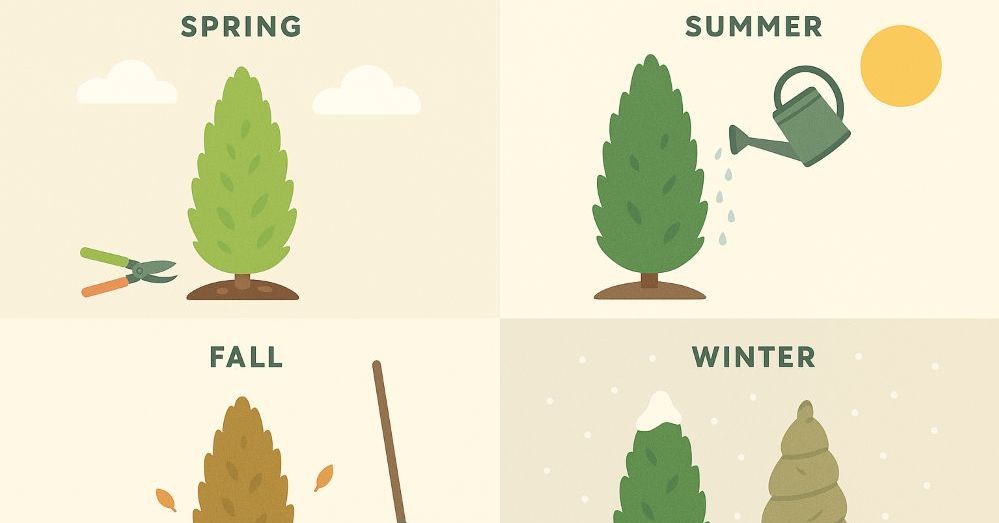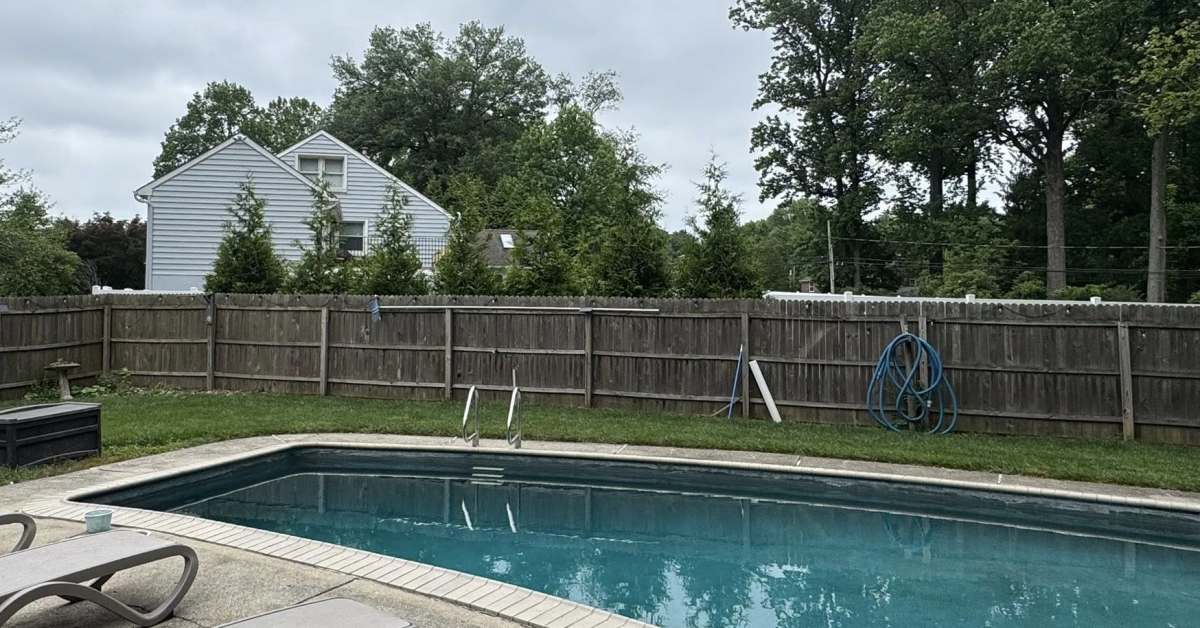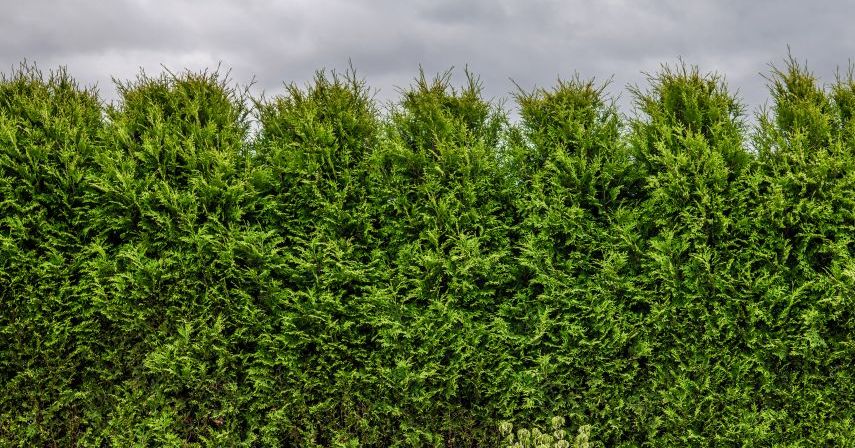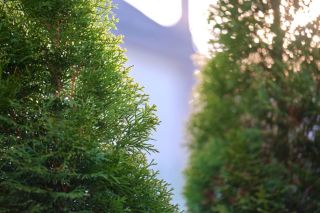
How Trees Reduce Noise: The Basics
- Absorption happens when sound waves are dampened by leaves, branches, and the soft ground beneath trees.
- Deflection occurs when sound is redirected or scattered by the tree structure.
- Masking refers to the way vegetation helps obscure unpleasant noise by blending it with natural sounds like rustling leaves or birdsong.
But here’s the key: not all trees are equally effective. According to research from agroforestry and landscape design experts, trees must be dense, tall, and planted in strategic arrangements to make a noticeable impact.
In fact, one respected resource - the agroforestry journal The Overstory - reports that well-designed tree belts can reduce noise by 6 to 15 decibels. That’s enough to make a busy street sound more like a distant background hum.
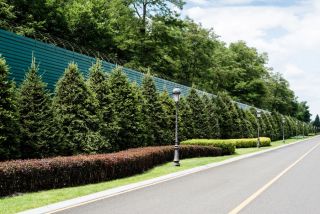
Why Arborvitae Are a Go-To Choice for Noise Buffering
- Evergreen Foliage: They provide coverage all year long, unlike deciduous trees that lose their leaves in fall.
- Dense Growth Habit: Arborvitae naturally grow thick and full, especially when planted close together.
- Vertical Height: Many popular varieties (like Green Giant or Nigra) reach 15–30 feet tall - perfect for blocking both sound and sightlines.
- Low Maintenance: Once established, arborvitae are hardy and relatively easy to care for.
How to Plant Arborvitae for Maximum Sound Reduction
Here’s what the research suggests:
- Plant densely. Space trees 2 to 4 feet apart, depending on variety, to ensure there are no gaps where sound can travel through.
- Use multiple rows if possible. Stagger two rows to create a thicker barrier.
- Go wide. A wider belt of trees blocks more sound than a single slim row.
- Layer your plantings. Mix in shrubs or groundcovers in front of your arborvitae for added absorption and aesthetic appeal.
- Elevate with berms. Planting on a raised mound or berm adds vertical coverage and further blocks sound waves.
Source: Trees and Design Action Group (TDAG), UK – Noise reduction is most effective when vegetation is dense, tall, and continuous, forming an uninterrupted barrier between the sound source and listener.
What Arborvitae Won’t Do (And Why That’s OK)

Beyond Quiet: The Eco-Friendly Bonus
- Absorb carbon dioxide
- Provide habitat for birds and pollinators
- Improve air quality
- Add property value and visual appeal
Thinking About Planting Arborvitae?
At Rolling Fields Tree Farm, we grow trees that are ideal for noise reduction, namely: Green Giant Arborvitae. Whether you’re creating a quiet retreat or trying to buffer traffic noise, we can help you choose the right size and planting strategy for your space.
Ready to get started? Browse our trees online or give us a call.
Sources:
- “Trees as Noise Buffers.” The Overstory #193, Agroforestry.org – Read Article
- Trees in Hard Landscapes: A Guide for Delivery, Trees and Design Action Group (UK) – PDF
.png)

